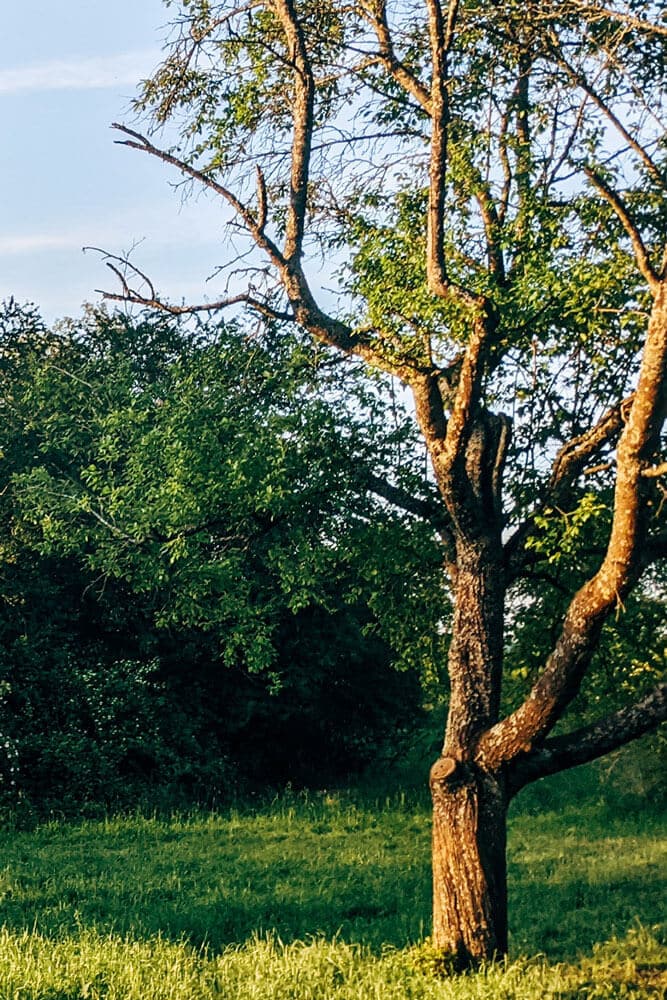One of the most important materials for pictures with thread and nails is wood.
Everyone has learned at school that there are an incredible number of different tree species.
This raises the question of which wood you can or should use for your own DIY project.
TL:DR - Which wood for String Art?
Spruce glulam is best suited for String Art beginners.
You can’t go wrong with this to start with.
It is a softwood with 12 N/mm2 (degree of hardness) and is available almost everywhere at a good price per square meter.
The color is also optimally light, from yellowish-white to reddish-white and can be easily treated with varnish, glaze and oil.
It is ideal if you only use a hammer as a tool.

Go for local wood species:
It is best to use wood types that you can get here in Region, as this has several advantages:
- By planting these locally, you can support small-scale sustainable forestry operations.
For some, this is an important additional source of income. - In the age of the climate crisis, you can keep the carbon footprint lower as no large-scale transportation is required.
- You also protect the animals and plant species that are under species protection.
Many forests in other countries that are cut down provide a habitat for precisely these species. - In Germany, there are much stricter requirements with regard to pollution.
This even protects you.
What types of wood come from Germany?
- Maple
- Birch
- Beech
- Yew
- Oak
- Ash
- Spruce
- Pine
- Cherry tree
- Lime tree
- Larch
- Walnut
- Poplar
- Fir
All the types of wood listed here are important forestry operations.
You should use these as a guide; the points mentioned above are a good reason for doing so.
There are definitely many other tree and wood species such as Douglas fir, alder, mahogany, meranti, elm, teak, robinia, olive and rosewood.
However, these are not, as previously mentioned, important types of wood from forestry in Germany.

So how do you choose the right wood?
I have created a table for you to give you an overview of the categories.
There are three categories, divided into:
- Degree of hardness
- Color & grain
- Personal opinion when using for String Art
What should you look out for when buying wood?
Try to inspect the glued wood panel or the chosen piece of wood to ensure that there are cracks and fewer knots in the wood.
If you try to avoid this, you can start having fun with the nail picture.
Ready-prepared wood for your String Art
I hope I was finally able to answer the question of which wood you can use for your String Art project and you can now get started with your DIY.
If you like, feel free to give me feedback in the comments or show me on social media what you make yourself.
And as always, to the hammer, get set, go!
Anzy

